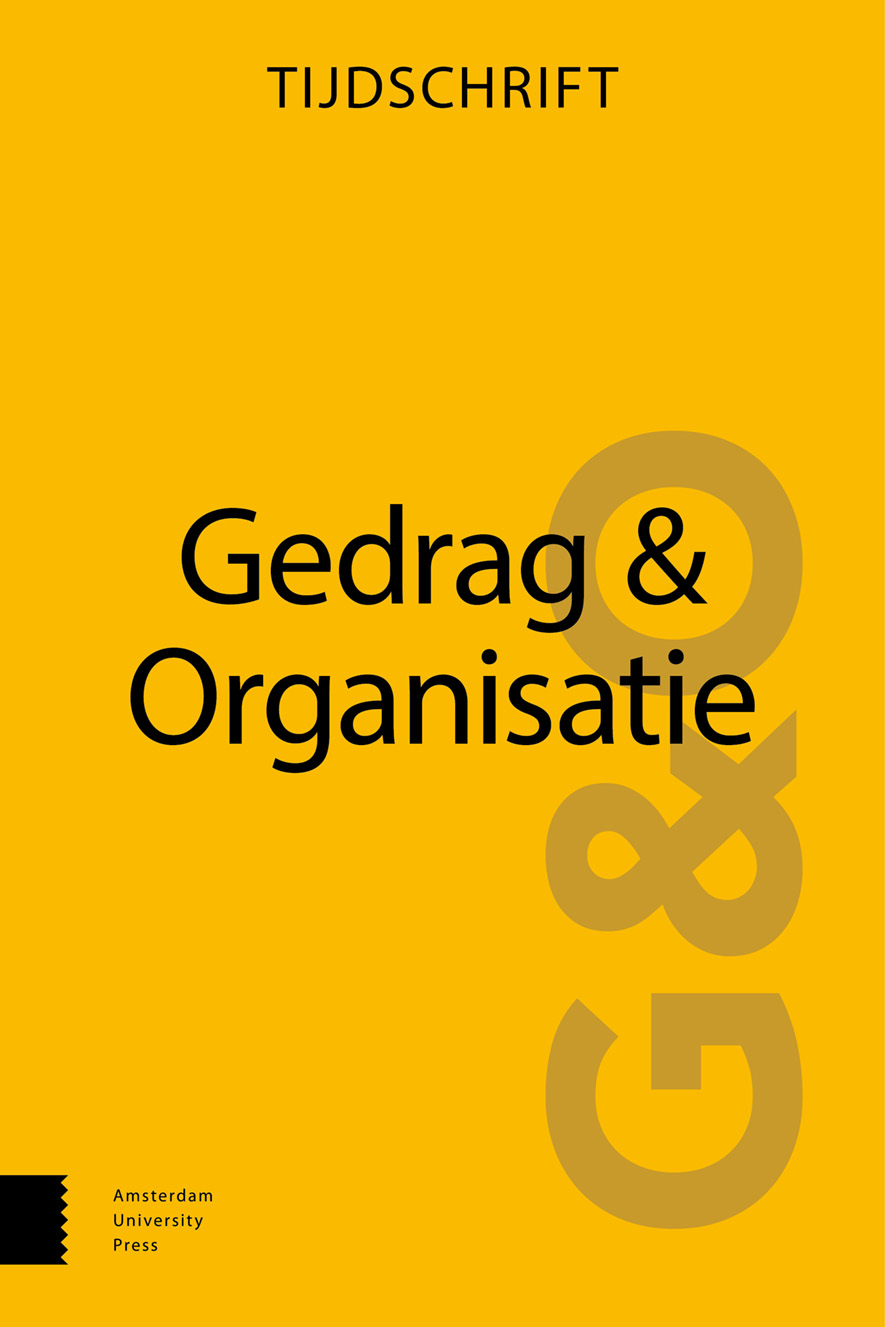
Full text loading...
 , Eva Mertens2
, Eva Mertens2 , Femke Legroux3
, Femke Legroux3 , Valentina Sagmeister4
, Valentina Sagmeister4 & Sara De Gieter5
& Sara De Gieter5
Het doel van deze studie was om de psychometrische netwerkstructuur van burn-outsymptomen te onderzoeken en hierbij na te gaan of de sterkte van relaties tussen symptomen varieert als functie van de chronische stress die iemand ervaart. Op deze wijze illustreren we de meerwaarde van een netwerkbenadering om burn-out te onderzoeken. We verwachten dat burn-outsymptomen sterker met elkaar zullen samenhangen bij hogere niveaus van stress, omdat chronische stress als een cruciale factor wordt gezien in de ontwikkeling van burn-out. Dit sluit aan bij de kernhypothese van het netwerkperspectief, die zegt dat symptomen van stoornissen elkaar sterker beïnvloeden als iemand in een pathologische toestand is. We onderzochten deze hypothese met cross-sectioneel online survey design. In totaal vulden 460 deelnemers een demografische vragenlijst in, gevolgd door de Perceived Stress Scale en Burnout Assessment Tool. Resultaten bevestigen de hypothese: de centraliteit van het netwerkmodel was hoger bij personen met een gemiddelde tot hoge mate van chronische stress. Dit bleek voornamelijk het gevolg van sterkere connecties van depressieve klachten in het netwerk van burn-outsymptomen. We concluderen dat de netwerkbenadering een waardevolle bijdrage kan vormen voor onderzoek naar de ontwikkeling van burn-out en nuttige inzichten kan bieden voor preventie en behandeling.

Article metrics loading...

Full text loading...
References


Data & Media loading...

